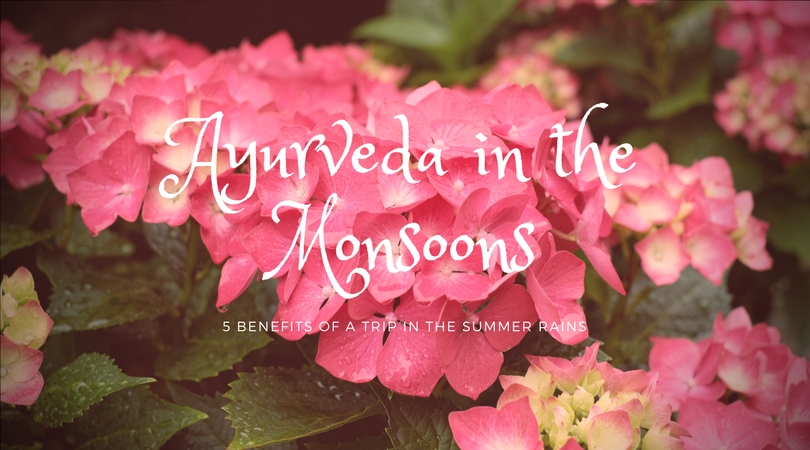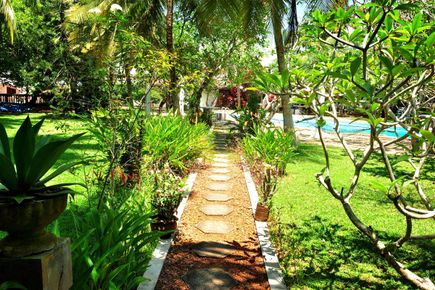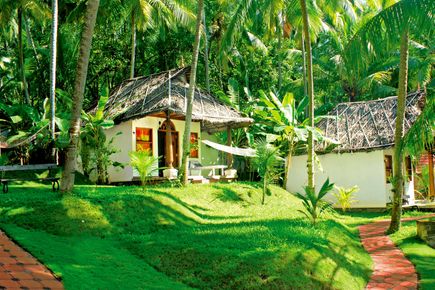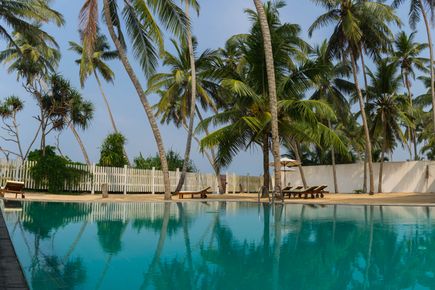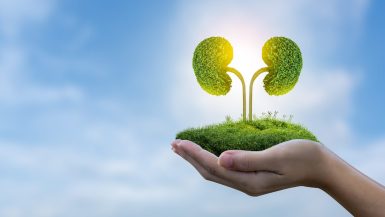Throughout the Monsoon: Ayurveda in India
If you want to avoid one thing on your trip to South India, then it’s probably the rain. This exotic holiday destinations, like Sri Lanka and other south asian destinations, are most popular between October and May as people prefer to avoid the monsoons and want to escape the cold winters of the northern hemisphere. The variety of Ayurveda holidays available in these south asian destinations may be just what you are looking for at Christmas or New Year, but we’re here to tell you some benefits of undertaking your rejuvenating Indian holiday in the monsoon season and explain why it provides the ideal conditions for an Ayurveda programme!
As India is so big, the monsoons hit at different times during the summer months.
- Goa: June, July, and August.
- New Delhi: July, August, and September.
- Mumbai: June, July, August, and September.
- Manali: July and August.
Kerala: A region abundant in luxury Indian Ayurveda retreats, the monsoon season is a little different to the other regions. Sunny days are interluded with heavy showers, rather than incessant stretches of rain. The southwest of Kerala greets its rainy days in June, a time called Edavappathy that continues until October. In northeast Kerala the rains arrive in October and can even last until December.
1. The Healing Power of Rain

The
refreshing rain showers between the months of June and September make the ayurvedic medicinal herbs thrive particularly well. Even the ancient writings of Indian healing tell us that the monsoon season offers the best conditions for classical ayurvedic treatments, since the herbs used can be picked fresh and in full bloom at their most potent.
2. Fresh Air & Clear Skin

The rainfall during the monsoon season in India cleans the dust from the air leaving it moist and fresh. This helps the pores to open and thus makes the skin more susceptible to the cleansing ayurvedic remedies. Rejuvenating ayurvedic treatments are widespread especially in the south-west of Kerala and are particularly effective treatments during the rainy season.
3. Comfortable Temperatures for All Dosha Types
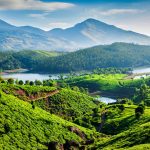
While temperatures in the months between October and May rise to 35 degrees in India, the climate can feel much more pleasant during the monsoon season. The body thus takes less time to adapt to the weather conditions and can relax into the ayurvedic treatments. The temperatures between 27 and 30 degrees are suitable for every Dosha type.
4. A Relaxing Atmosphere

In the high seasons, holidaymakerss flock in their thousands to tropical destinations such as Sri Lanka and South India, and often overcrowd areas that are supposed to be fully of peace and relaxation. The monsoon season is therefore the best time to escape the crowds and enjoy a peaceful ayurvedic stay. Plus, less demand means lower prices.
5. Nature in Full Bloom

The rain does not only have a beneficial effect on the herbs, skin and climate, but all of nature is enriched and lush. If you’d like a compromise, travel between June and September. Then the monsoon season has just passed and the blooming period has begun.
More about Ayurveda Holidays to Sri Lanka and South India >>

